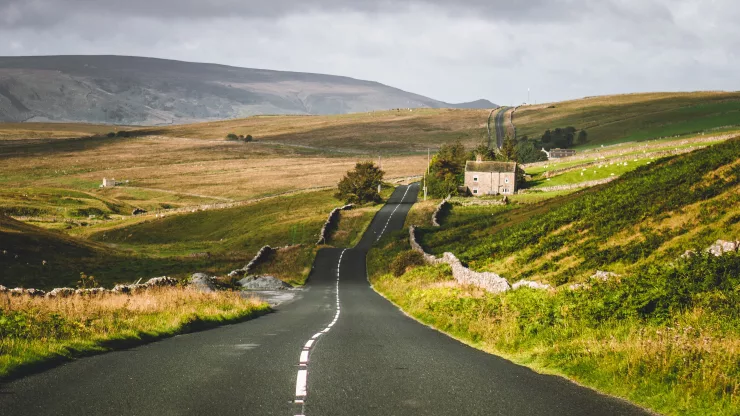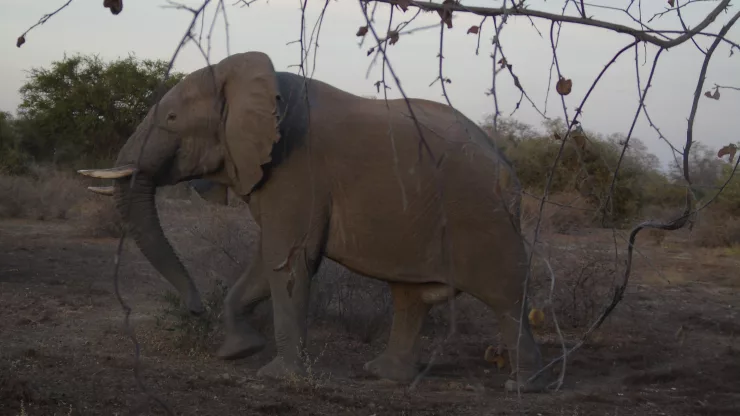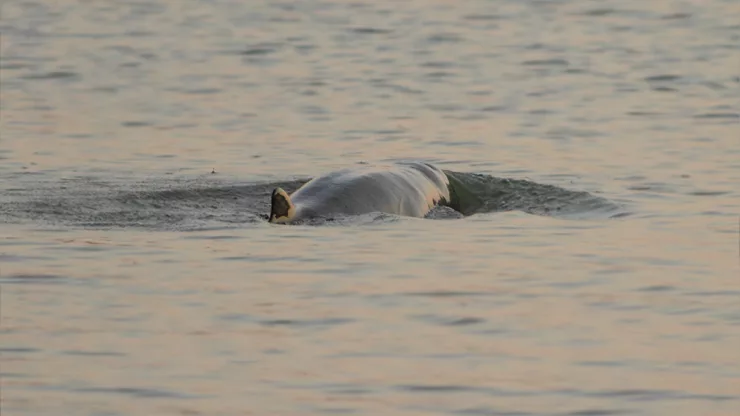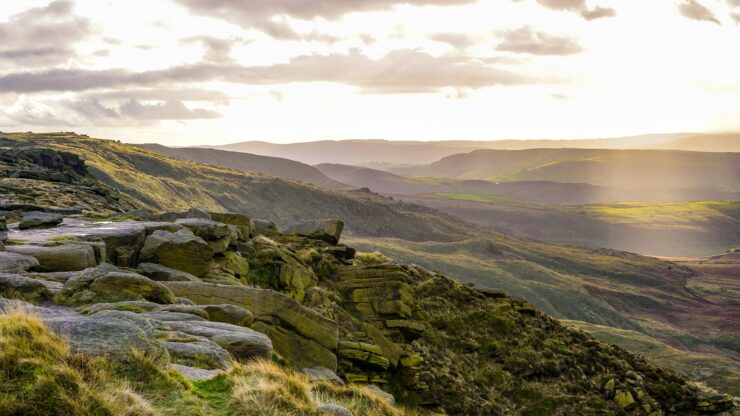The Yorkshire Dales National Park is a breathtaking landscape in Northern England that boasts an array of natural wonders, wildlife, and cultural heritage.
Covering over 1,770 square kilometers, the park is a popular destination for outdoor enthusiasts, nature lovers, and history buffs.
In this article, we will take a journey into the heart of the Yorkshire Dales National Park and explore its landscape, flora, and fauna, activities, accommodations, history, and conservation efforts.
Jump to Section
Introduction
The Yorkshire Dales National Park is a protected area in Northern England that was established in 1954 to preserve its unique landscape and biodiversity.
The park spans across four counties, including North Yorkshire, West Yorkshire, Lancashire, and Cumbria.
It is characterized by rolling hills, rugged mountains, deep valleys, and limestone pavements.
The park is home to a diverse range of plant and animal species, including rare and endangered ones.
The Landscape of Yorkshire Dales National Park
The Yorkshire Dales National Park is located in the Pennines mountain range, which runs through the center of Northern England.
The park is known for its dramatic landscape, which includes hills, mountains, rivers, and caves.
The highest peak in the park is Whernside, which stands at 736 meters above sea level.
The park is also home to the Three Peaks, a popular hiking trail that covers the peaks of Pen-y-ghent, Whernside, and Ingleborough.
The park’s rivers and waterfalls are a sight to behold, with the River Wharfe, River Ure, and River Ribble flowing through the park.
Aysgarth Falls, Gordale Scar, and Malham Cove are just a few of the park’s stunning waterfalls.
The park also has an extensive network of caves and limestone pavements, such as the White Scar Cave and the Ingleborough Cave.
Flora and Fauna of Yorkshire Dales National Park
The Yorkshire Dales National Park is home to a rich array of plant and animal species.
The park’s flora includes over 20 different types of grasses, 140 species of flowering plants, and 400 species of mosses and liverworts.
The park’s woodlands are dominated by oak, ash, and birch trees, with some areas of coniferous forest.
The park’s fauna is equally diverse, with over 100 bird species, 27 species of mammals, 17 species of reptiles and amphibians, and countless invertebrates.
The park is home to iconic species such as red squirrels, otters, badgers, and wild boars.
The park is also a haven for birdwatchers, with species such as the peregrine falcon, curlew, and red kite.
The park is home to several threatened and endangered species, including the water vole, black grouse, and brown hare.
The park’s conservation efforts are aimed at protecting these species and their habitats.
Activities in and around Yorkshire Dales National Park
The Yorkshire Dales National Park offers a range of outdoor activities for visitors. Hiking and trekking are popular activities, with trails ranging from easy walks to challenging hikes.
Cycling and mountain biking are also popular, with several dedicated trails and routes.
Fishing and angling are popular activities, with the park’s rivers and lakes offering ample opportunities for anglers.
Wildlife watching and birding are also popular, with guided tours and events available.
Accommodations and Food Options
The park offers a range of accommodations, including lodges, cottages, camping, and caravan sites.
There are also several restaurants and pubs in the park, offering traditional food and drink.
History and Culture of Yorkshire Dales National Park
The Yorkshire Dales National Park has a rich history and cultural heritage.
The park is home to several historical landmarks and monuments, including Bolton Castle, Fountains Abbey, and Richmond Castle.
The park is also known for its traditional food and drink, such as Yorkshire pudding, Wensleydale cheese, and real ale.
The park hosts several cultural events and festivals throughout the year, such as the Swaledale Festival and the Grassington Festival.
Conservation Efforts in Yorkshire Dales National Park
The Yorkshire Dales National Park Authority is responsible for the park’s conservation efforts.
The authority works in partnership with local communities and organizations to protect the park’s natural and cultural heritage.
The authority has several conservation projects and initiatives, such as the Species Recovery Program, which aims to protect and recover threatened species.
The authority also has plans to reduce carbon emissions and promote sustainable tourism in the park.
Conclusion
The Yorkshire Dales National Park is a unique landscape that plays a vital role in England’s wildlife conservation.
Its diverse flora and fauna, stunning landscape, and rich cultural heritage make it a popular destination for visitors.
However, the park faces several challenges, including habitat loss and climate change.
Supporting the park’s conservation efforts is crucial to preserving its natural and cultural heritage for future generations.
FAQs
What is the best time to visit the Yorkshire Dales National Park?
The best time to visit the park is from spring to autumn, when the weather is mild and the park is in full bloom.
Can I bring my dog to the park?
Yes, dogs are allowed in the park, but they must be kept on a leash in certain areas.
Are there any guided tours available in the park?
Yes, there are several guided tours and events available in the park, including wildlife watching tours, guided hikes, and cultural events.
How can I support the park’s conservation efforts?
You can support the park’s conservation efforts by donating to the Yorkshire Dales National Park Authority, volunteering for conservation projects, and practicing sustainable tourism.
I’m a nature enthusiast and creator of Metro Wilds and have spent years exploring the great outdoors.
With a passion for environmental conservation and sustainability, I have dedicated my career to writing about the beauty and wonders of nature, as well as the threats facing our planet.
Contact me at [email protected] for assistance.





